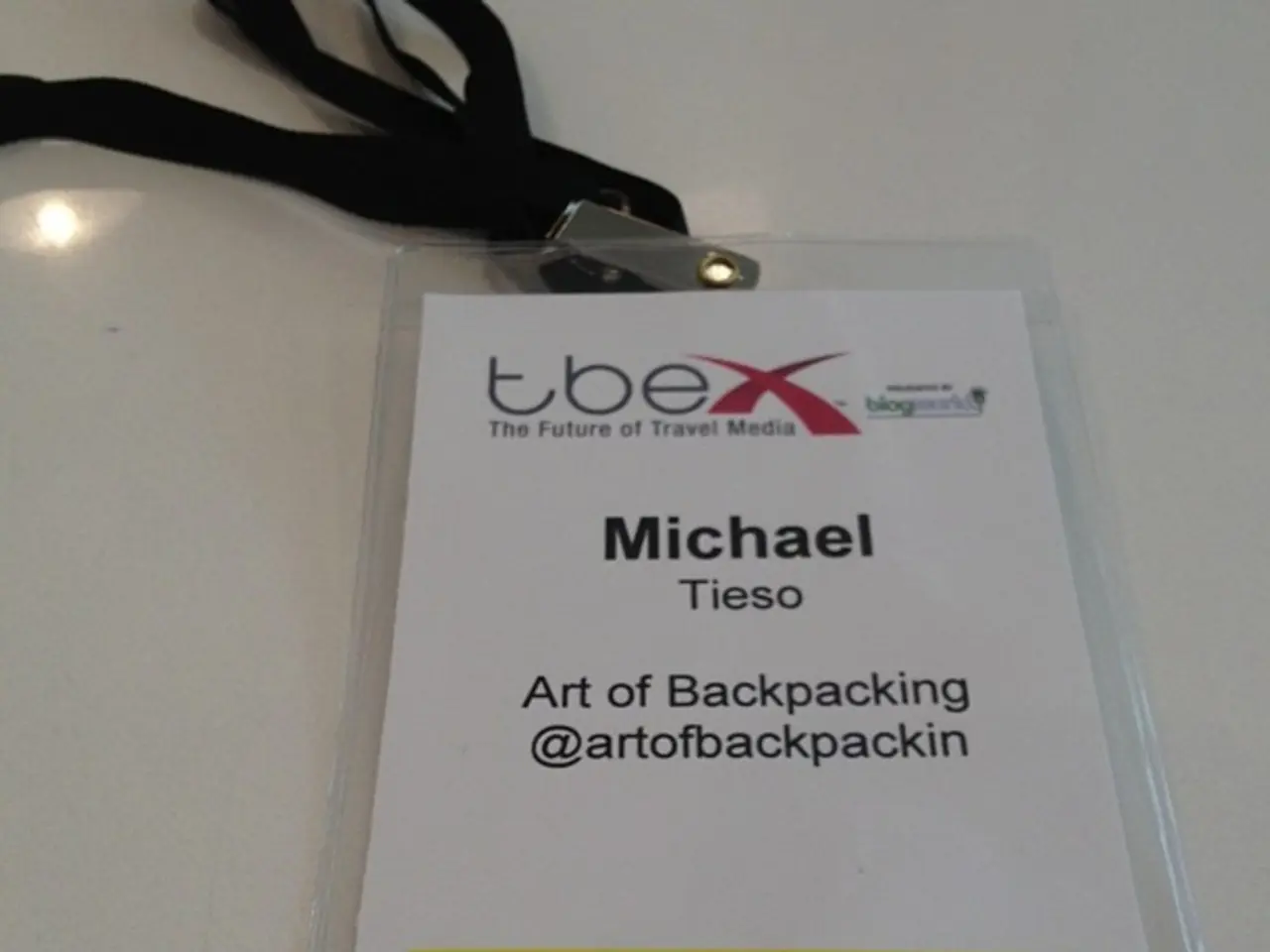Fraudsters can create various forged documents in just 15 minutes, according to the MIAs revelations.
In the digital age, the illegal use of information and communication technologies (ICT) by cybercriminals in Russia has significantly transformed the landscape of document forgery and social media account fraud. According to Sberbank Deputy Chairman Stanislav Kuznetsov, fraudsters stole at least 295 billion rubles from Russians in 2024, a concerning figure that underscores the escalation and professionalization of these activities.
## Impact on Document Forgery and Social Media Account Fraud
The surge in cybercrime has led to a rise in the production of counterfeit documents and the hijacking of social media accounts. Cybercriminals are increasingly leveraging stolen personal data to create forged documents, often sourced from underground markets. These documents can be used for identity theft, financial fraud, or to bypass security checks.
Simultaneously, the rise of deepfake content generators and sophisticated phishing techniques has made social media account takeover more prevalent and difficult to detect. Stolen credentials are widely used to hijack accounts, which can then be exploited for scams, disinformation campaigns, or further credential theft.
## Current Trends and Methods
Cybercriminals are employing various tactics to facilitate their activities. One such method is the use of stolen data and credentials, which are routinely purchased from infostealer markets and used in password-spraying or credential-stuffing attacks. Advanced phishing campaigns, including fake login pages and malicious QR codes, trick victims into revealing sensitive information.
Moreover, Russian cyber-spies have developed techniques to bypass multi-factor authentication (MFA), further enhancing their ability to hijack accounts. Custom malware, such as the ZEROLOT wiper, is also being deployed to compromise critical infrastructure and destroy evidence post-intrusion.
The use of deepfake and generative AI is another worrying trend. Cybercriminals are increasingly using AI-generated deepfake content to deceive victims, whether for impersonation, fraudulent transfers, or spreading disinformation. Automated tools powered by AI allow for the rapid creation of fake social media profiles and documents, making detection more challenging.
## Conclusion
The illegal use of ICT in Russia has led to a dramatic increase in both the frequency and sophistication of document forgery and social media account fraud. Cybercriminals and state actors alike are leveraging stolen data, advanced malware, social engineering, and generative AI to perpetrate fraud, making detection and prevention increasingly difficult.
The convergence of state and criminal cyber activities further complicates the threat landscape, with significant implications for both domestic and international security. The MVD's department for combating the illegal use of information and communication technologies has issued a warning about the activities of fraudsters, urging vigilance among the public. As the digital world continues to evolve, it is crucial that measures are taken to protect individuals and businesses from these escalating threats.
- The surge in cybercrime has resulted in increased production of counterfeit documents, as cybercriminals use stolen personal data and deepfake technology to bypass security checks and commit financial fraud or identity theft.
- The theft of social media account credentials is becoming more common due to the rise of sophisticated phishing techniques and deepfake content generators, making account takeover more prevalent and hard to detect, which can be exploited for scams, disinformation campaigns, or further credential theft.




